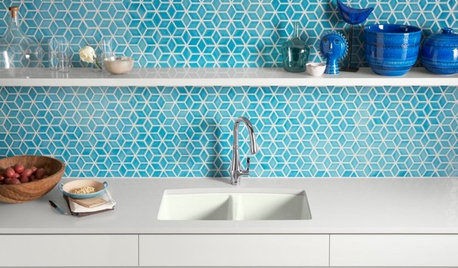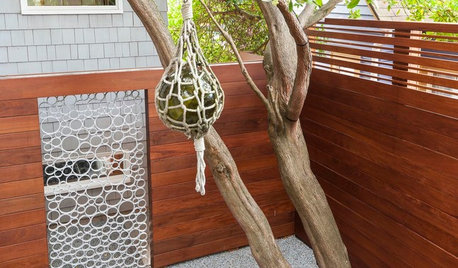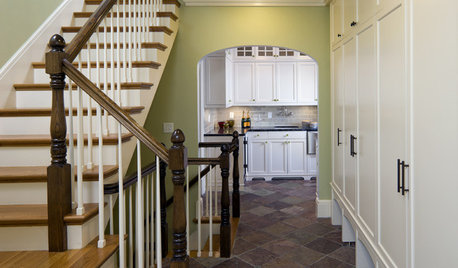1st cast leaf & question
laurastheme
13 years ago
Related Stories

DECORATING GUIDESA Glimmer of Gold Leaf Will Make Your Room Shine
Make a unique, unexpected statement in any space with this precious metallic finish
Full Story
REMODELING GUIDESOriginal Home Details: What to Keep, What to Cast Off
Renovate an older home without regrets with this insight on the details worth preserving
Full Story
KITCHEN DESIGNKitchen Sinks: Enameled Cast Iron for Attractive Durability
Strong, shiny and sustainable, an enameled cast iron sink can bring character to your kitchen
Full Story
FENCES AND GATESA Designer Uses PVC Pipe to Cast a Modern Garden Gate
Landscape designer Scot Eckley walks us through the process of creating a custom aluminum ring gate
Full Story
DOORS5 Questions to Ask Before Installing a Barn Door
Find out whether that barn door you love is the right solution for your space
Full Story
REMODELING GUIDESConsidering a Fixer-Upper? 15 Questions to Ask First
Learn about the hidden costs and treasures of older homes to avoid budget surprises and accidentally tossing valuable features
Full Story
LIGHTING5 Questions to Ask for the Best Room Lighting
Get your overhead, task and accent lighting right for decorative beauty, less eyestrain and a focus exactly where you want
Full Story
FEEL-GOOD HOMEThe Question That Can Make You Love Your Home More
Change your relationship with your house for the better by focusing on the answer to something designers often ask
Full Story
TILE6 Questions to Answer Before You Install Tile Flooring
Considering these things before tackling your floors can get you a better result
Full Story
GREEN BUILDINGConsidering Concrete Floors? 3 Green-Minded Questions to Ask
Learn what’s in your concrete and about sustainability to make a healthy choice for your home and the earth
Full StoryMore Discussions






laurasthemeOriginal Author
jeannespines
Related Professionals
Wrentham Landscape Architects & Landscape Designers · Windham Landscape Architects & Landscape Designers · Forest Park Landscape Architects & Landscape Designers · Marina Landscape Architects & Landscape Designers · Fountain Valley Landscape Contractors · Mastic Beach Landscape Contractors · Mesa Landscape Contractors · Munster Landscape Contractors · Pahrump Landscape Contractors · Palatine Landscape Contractors · Pikesville Landscape Contractors · Vancouver Landscape Contractors · Vineyard Landscape Contractors · Waldorf Landscape Contractors · Waltham Landscape ContractorsMarlene Kindred
sorie6 zone 6b
rock_oak_deer
imjustsam
ladycraft
mmebrady
nmgirl
sprout_wi
mmebrady
laurasthemeOriginal Author
oldcrafty
mmebrady
nmgirl
concretenprimroses
back2eden
laurasthemeOriginal Author
nmgirl
luna_llena_feliz